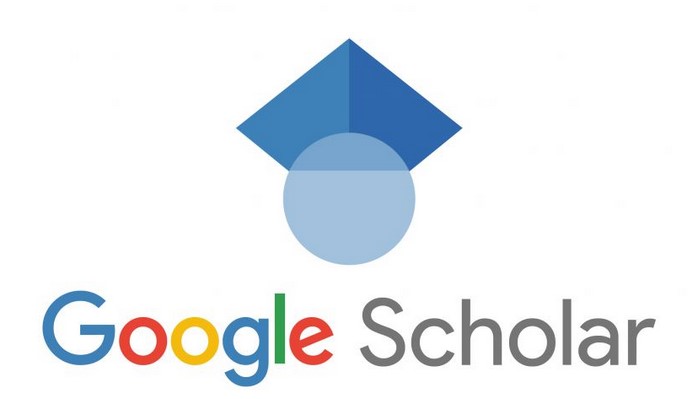Assessment and remediation of contaminated elements in varied car wash stations across Al-dour city utilizing pomegranate peels, with comparative analysis against nickel nanoparticles
Keywords:
Shell of pomegranate, Silver Nanoparticles, Date pitsAbstract
The Department of Life Sciences at Samarra University has conducted a study to evaluate the contamination caused by the car wash plants' tainted effluents. Three stations are located in different parts of the city of Samara provided liquid waste, which is then brought directly to the lab for examination and testing of various contaminated samples. Al, Ca, Fe, Zn, Mn, and Cu are some of the primary constituents in raw water that are investigated prior to treatment. The study of the untreated raw water has produced results that are higher than the World Health Organization's acceptable limits (pollution levels) and the standard values of Iraqi water regulations for every quality that is examined.
Three different processing powders are used to treat the unprocessed water samples from the three car wash stations: TAMARIT3 kernel powder, pomegranate peel powder, and silver nano powder (T1). The powders are applied in five different concentrations at five different levels (250, 200, 150, 100, and 50 ppm), and the results are compared to a controlled treatment that involved applying one treatment per station. Following treatment, analyses are conducted, and the findings indicate that for the three selected vehicle wash facilities, silver nanopowder at concentrations of 250 and 200 ppm has the highest removal values of the characteristics under study (Al, Ca, Fe, Zn, Mn, and Cu). Although the removal of nanosilver from pomegranate peels and date cores is not as great as expected, it is still considerably better than the controled coefficients, which have showed the highest levels of removal.
Downloads
Published
Issue
Section
License

This work is licensed under a Creative Commons Attribution 4.0 International License.
Authors retain copyright and grant the TJHEST journal right of first publication, with the work simultaneously licensed under a Creative Commons Attribution License that allows others to share the work with an acknowledgement of the work's authorship and initial publication in TJHEST.
The TJHEST permits and encourages authors to archive Pre-print and Post-print items submitted to the journal on personal websites or institutional repositories per the author's choice while providing bibliographic details that credit their submission, and publication in this journal. This includes the archiving of a submitted version, an accepted version, or a published version without any Risks.



